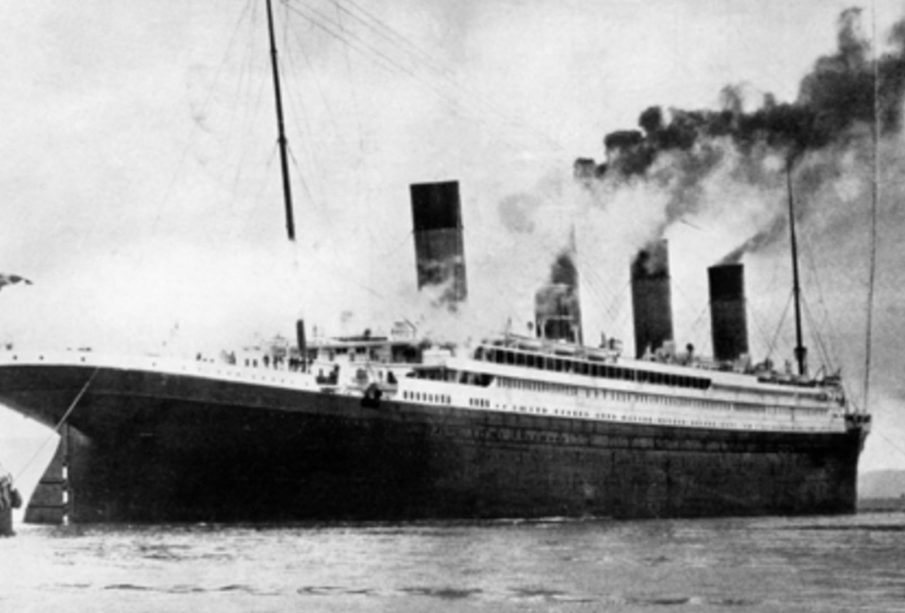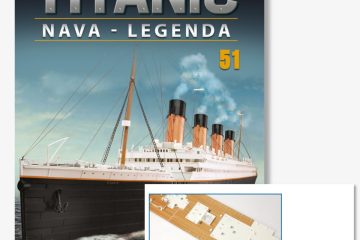Understanding the Titanic: History, Legacy, and Lessons

Introduction
The RMS Titanic, whose tragic sinking on April 15, 1912, continues to captivate hearts and minds over a century later, remains a pivotal point of discussion in maritime history and disaster prevention. The ship was deemed ‘unsinkable’ and its story reflects both the advancements and hubris of its time. The Titanic’s legacy serves as a reminder of human fallibility and the importance of stringent safety measures in engineering and transportation.
Historical Context
The Titanic was the largest ship in the world at the time of its maiden voyage, equipped with state-of-the-art safety features and luxurious amenities that catered to the elite of society. On April 10, 1912, it set sail from Southampton, destined for New York City. However, just five days into the journey, disaster struck when the ship struck an iceberg. Of the 2,224 passengers and crew aboard, over 1,500 lost their lives, making it one of the deadliest maritime disasters in history.
Events Leading to the Sinking
The Titanic was designed with 16 watertight compartments, which was believed to ensure its safety. However, the iceberg tore a gash in the ship’s hull, causing the compartments to flood. Despite the ship carrying an insufficient number of lifeboats for all passengers, the response to the disaster was marred by chaos and panic. Distress signals were sent, but the nearest ship, the Carpathia, arrived too late to save most of those in the water.
Impact on Maritime Regulations
The aftermath of the Titanic disaster led to immediate changes in maritime regulations. The International Convention for the Safety of Life at Sea (SOLAS) was convened, resulting in stricter safety protocols, including lifeboat requirements and improved ship design standards. This tragedy underscored the need for better emergency preparedness and response measures.
Conclusion
Today, the Titanic serves not only as a somber historical reference but also as a catalyst for advancements in safety protocols and maritime law. With the discovery of the shipwreck in 1985, it continues to be a subject of exploration and learning. The legacy of Titanic reminds us of the vulnerability that accompanies human endeavor, urging vigilance and responsibility in all areas of safety. As we reflect on this tragedy, it reaffirms our commitment to honoring those who lost their lives while enhancing safety measures to prevent future disasters.




